Every gun owner bears the serious responsibility of ensuring their firearms are secure.
However, should the unfortunate theft incident occur, knowing how to report a stolen gun promptly and efficiently is crucial for safety and legal compliance.
This guide outlines the essential steps firearm owners should take when reporting a stolen gun, whether they hold a Federal Firearms License (FFL) or are private individuals.
Note: We are not legal advisors, we advise you to reach out to your local authorities to ensure the correct way to report a stolen gun in your location.
Immediate Steps to Take
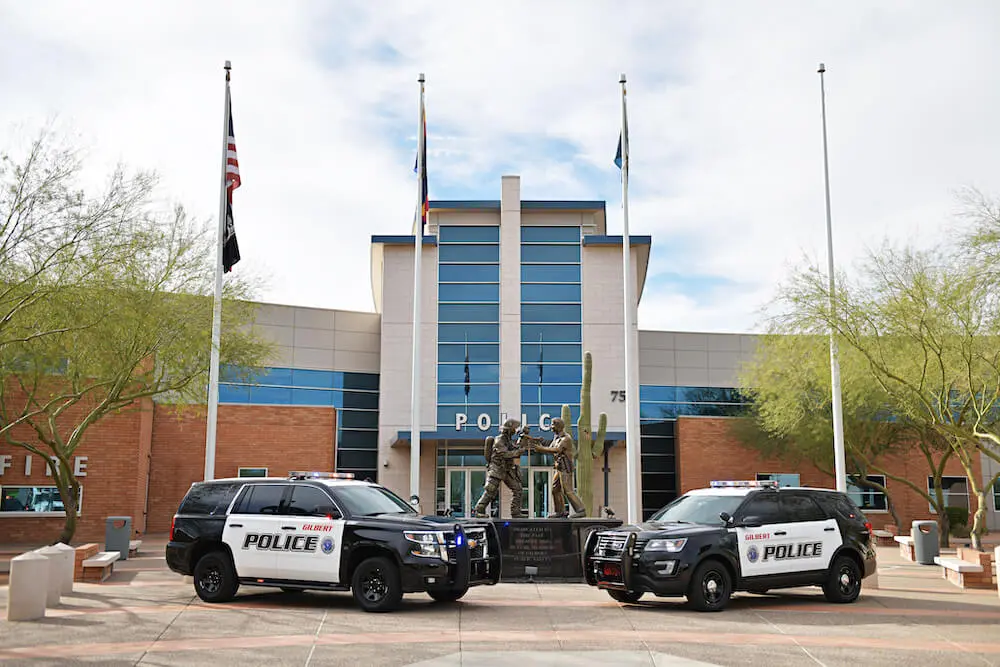
When you discover that your firearm has been stolen, the actions you take immediately are pivotal not only in the recovery of the gun but also in preventing it from being used for criminal activities.
Here’s how to proceed effectively:
1. Notify Your Local Police Department:
Immediately upon discovering that a firearm has been stolen, your first call should be to your local police department.
It’s crucial to file a detailed report, providing comprehensive information, including the firearm’s make, model, serial number, and any relevant circumstances surrounding the theft (such as the time and possible method).
This report is critical as it forms the foundation of the police investigation and significantly enhances the chances of recovering the firearm.
2. Contact the ATF (for FFL holders):
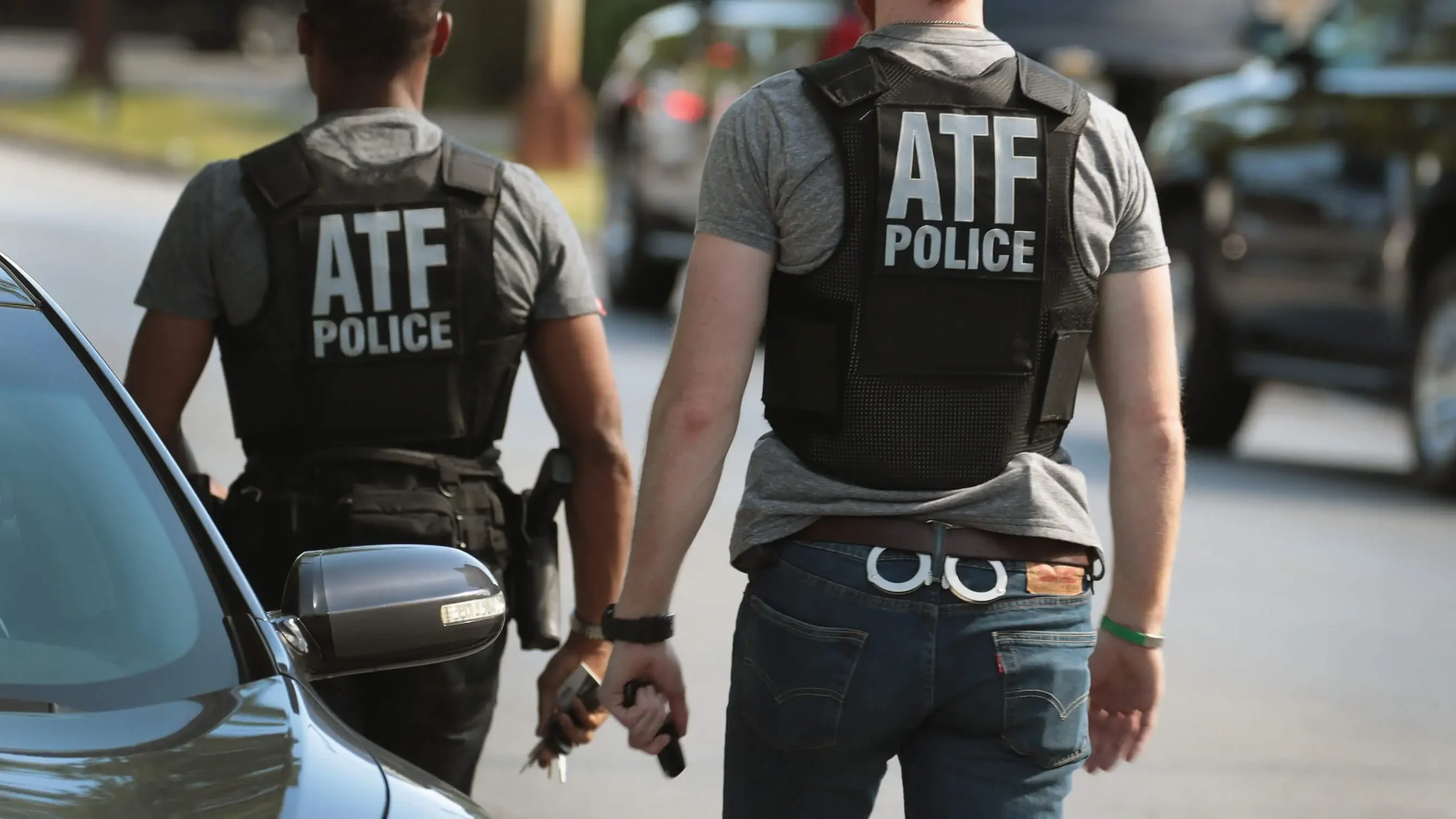
Federal Firearms Licensees (FFLs) have additional responsibilities. If you are an FFL, you must report the theft or loss of firearms to the Bureau of Alcohol, Tobacco, Firearms and Explosives (ATF) within 48 hours.
This is a regulatory requirement as stipulated in 27 CFR § 478.39a.
You should immediately call the ATF’s Stolen Firearms Program Manager at 1-800-930-9275 to verbally report the incident and follow up with a detailed written report using the Theft/Loss Report Form (ATF Form 3310.11).
This form must be mailed to the ATF’s National Tracing Center. Please keep a copy of this form for your compliance records, as it is vital for the investigation and your records as an FFL holder.
Detailed Documentation
The meticulous maintenance of firearm records is a fundamental practice that significantly enhances the likelihood of recovering stolen firearms and facilitating effective investigations.
Here are key documentation practices that firearm owners and Federal Firearms Licensees (FFLs) should adhere to:
1. Complete a Theft/Loss Report Form (ATF Form 3310.11):
When a theft or loss is discovered, FFLs must legally complete and submit the Theft/Loss Report Form to the ATF’s National Tracing Center.
This form should include all pertinent details of the stolen or lost firearms. It’s imperative to mail this form within 48 hours of the incident discovery.
Keeping a copy of this form in your records is crucial for compliance and reference in case of audits or further investigations.
2. Serial Numbers and Descriptions:
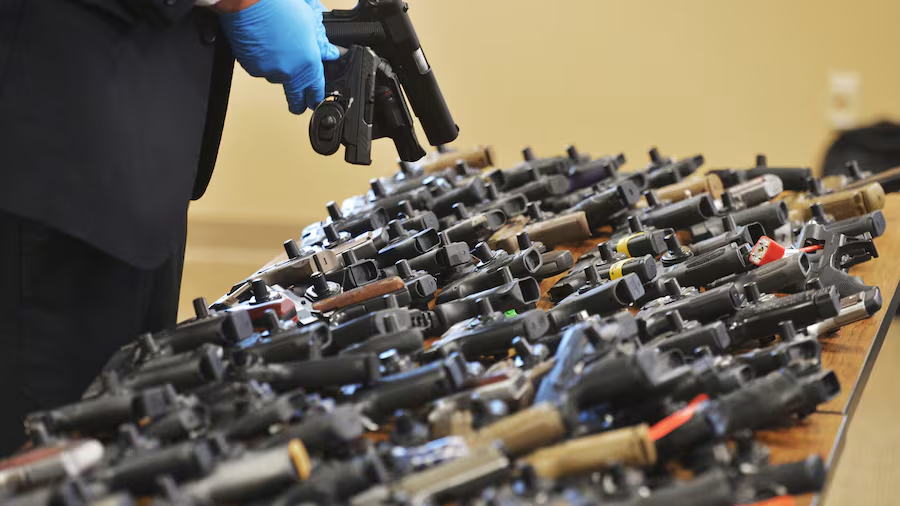
All firearm owners, including FFLs, should maintain a detailed and up-to-date record of each firearm.
This record should include the serial number, make, model, caliber, type of action (such as semi-automatic or revolver), and distinguishing marks or features.
These details are invaluable during an investigation as they help law enforcement agencies trace the firearm, identify it if recovered, and potentially link it to other crimes or locations.
3. Documentation of Communication:
Record all communications related to the theft, including the initial discovery report to law enforcement and any follow-up contacts.
Note dates, times, and the names of officers or officials you spoke with.
This log can be crucial in ensuring all procedural steps were followed correctly and can be referenced in future correspondences or proceedings.
4. Additional Information for Recovery Efforts:
Include any additional information that may assist in recovering the firearm, such as the last known location, possible suspects, or circumstances of the theft (e.g., during a burglary, from a vehicle).
This information can lead law enforcement to pursue the stolen firearm and increase the chances of locating it.
Preventive Measures
Taking proactive security measures can prevent future incidents:
- Secure Storage: Invest in secure storage solutions such as gun safes.
- Regular Audits: Regularly check your firearm inventory for any discrepancies.
Reporting for Non-FFL Holders
If you are not an FFL holder, the process differs slightly:
- Dealer Records: If the serial number is missing, contact the retailer from whom you purchased the gun.
- State Registration: Contact your state’s firearms registration office for further guidance if applicable.
The Role of the FBI’s National Stolen Gun Registry
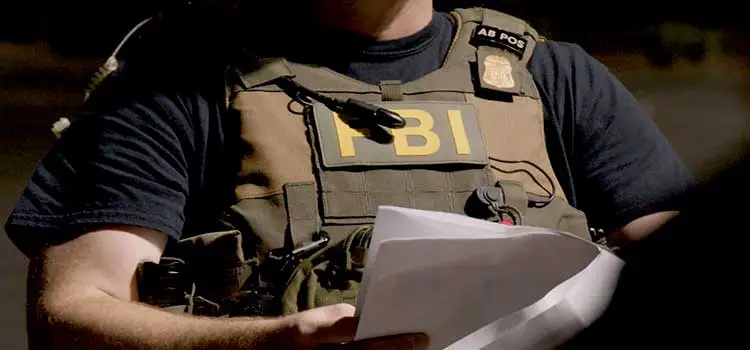
The FBI’s National Instant Criminal Background Check System (NICS) has integrated features that help track stolen guns across the U.S.
When a stolen gun is recovered, law enforcement can check this registry to see if it has been reported stolen in another state, aiding in broader criminal investigations and recovery efforts.
The Impact of Reporting Stolen Guns
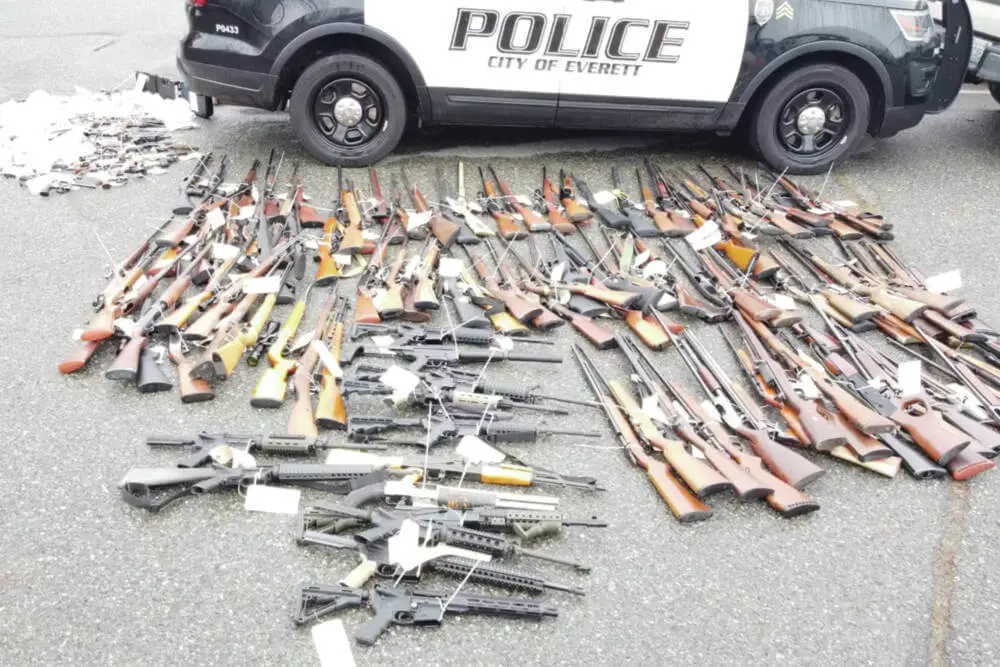
Reporting stolen guns is crucial for public safety and plays a key role in combating illegal firearm activities. Here’s how diligent reporting makes a difference:
- Statistical Impact: Research shows that mandatory reporting laws can reduce illegal gun movements by up to 46%. This significant decrease highlights the effectiveness of these laws in disrupting the illegal gun market.
- Criminal Deterrence: Prompt reporting helps law enforcement track and intercept stolen guns before they can be used in crimes, thus deterring criminal activities and misuse of firearms.
- Reduction in Gun Trafficking: Mandatory reporting makes it harder for traffickers to circulate stolen guns undetected, enhancing accountability and reducing the flow of firearms into the illegal market.
- Support for Law Enforcement: Reporting thefts provides critical data for law enforcement, helping identify theft patterns, trafficking hotspots, and effective prevention strategies. This information is crucial for shaping law enforcement actions and policy decisions.
- Community Safety: Reporting stolen guns promotes community awareness about the risks of firearm theft and encourages responsible gun ownership and storage practices, which are vital for preventing thefts and enhancing community safety.
Conclusion:
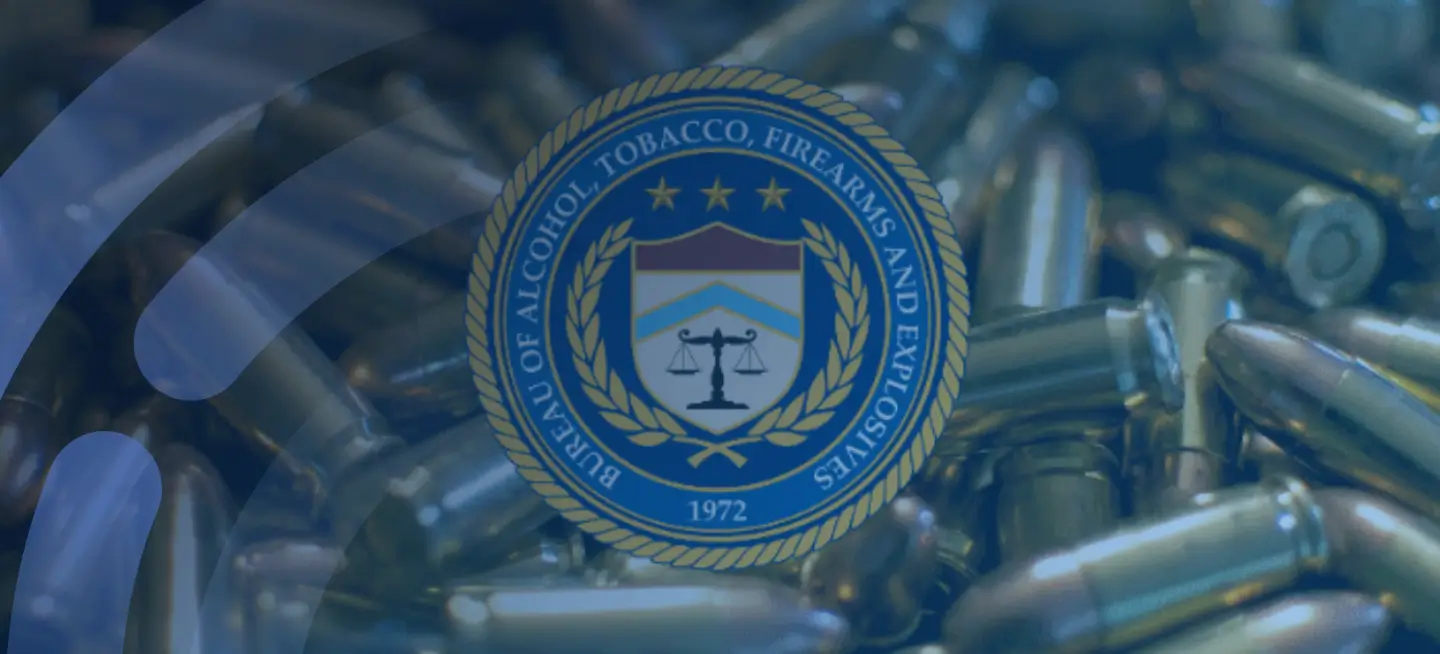
Reporting a stolen gun is a critical duty of any firearm owner.
Following the proper procedures contributes to public safety and helps prevent your stolen property from being involved in a crime.
Keep up-to-date with current laws and optimal practices for firearm safety and reporting.
Your proactive measures are vital in maintaining your community’s security, so be sure to reference this article if you need to report a stolen gun.

